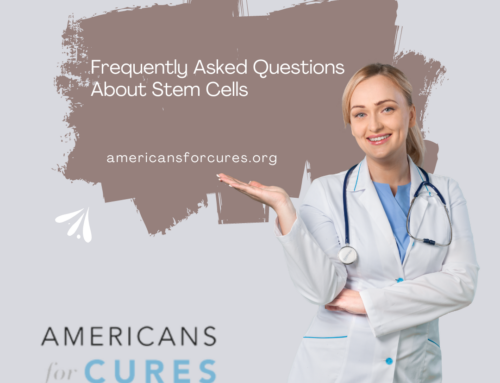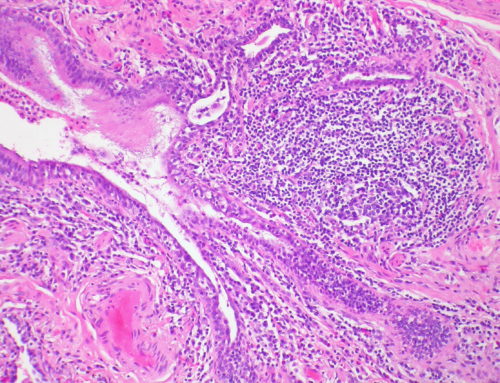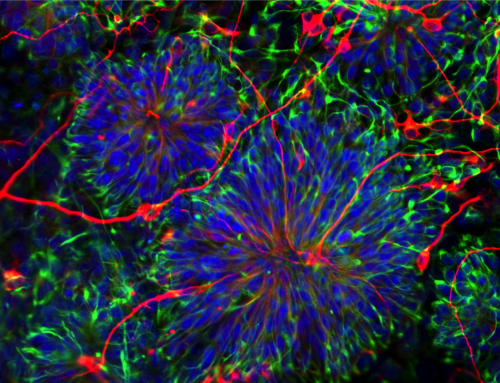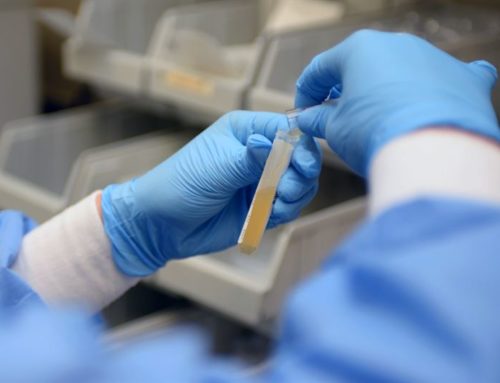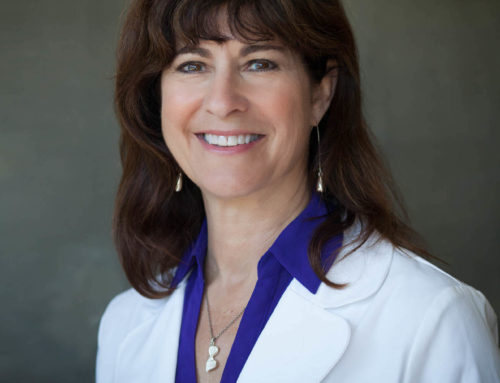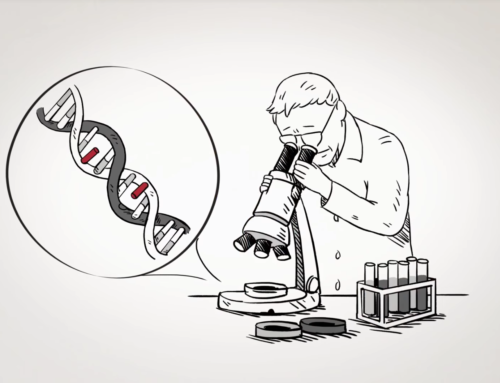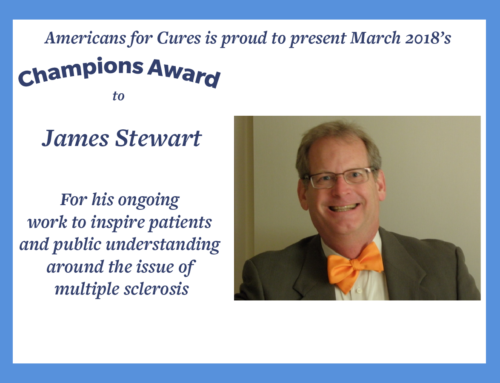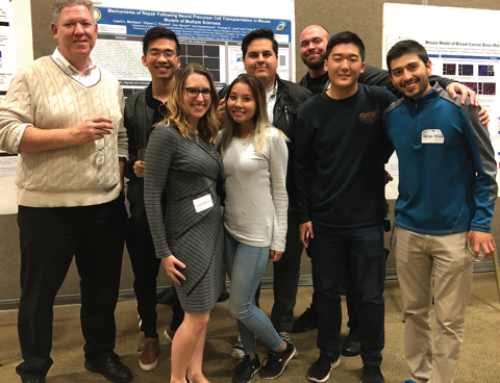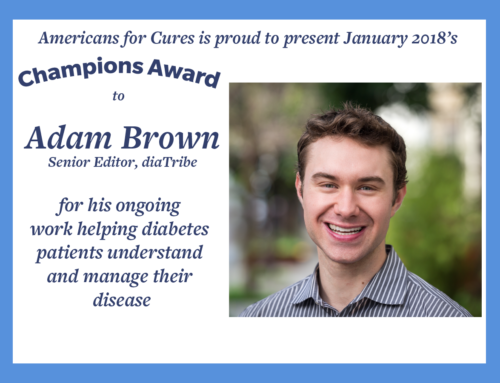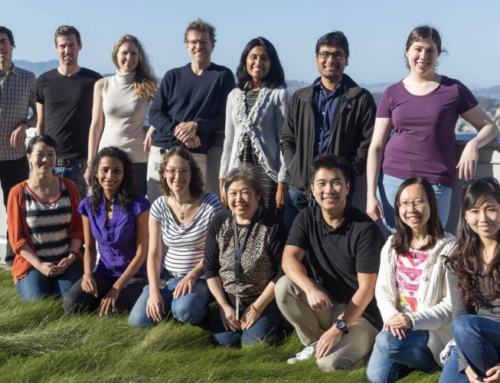What are Pluripotent stem cells?
Pluripotent stem cells are the most advanced cell type in the human body. They have all the characteristics of embryonic stem cells, but have been reprogrammed to become a special generation of stem cells (the so-called induced pluripotent stem cells). They are able to differentiate into any type of tissue or cells, and are therefore particularly interesting for regenerative medicine. Scientists first managed to create pluripotent stem cells in 2006 by using a gene therapy technique called nuclear transfer (which is usually used to generate iPSCs). Since then they’ve been making great progress in their research, and now know how to generate them from other types of adult tissues and how to control them.
Where are pluripotent stem cells found
Human pluripotent stem cells are found in the inner cell mass of early embryos during the first 8 to 10 days following fertilization. The inner cell mass is a mass of cells within an embryo that is comprised of various different types of stem cells, including those that give rise to all the other kinds of blood and tissue in the body.
When were induced pluripotent stem cells discovered
The first evidence of induced pluripotent stem cells was published in 2006. One of the authors was Shinya Yamanaka, who won a Nobel prize in 2012. Induced pluripotent stem cells (iPS) are induced from mature differentiated cells and can therefore be made from skin or other tissues that normally cannot be reprogrammed iPS cells have been created from human fibroblasts and can differentiate into any type of tissue again, unlike embryonic stem cell lines, which are limited to making certain types of nerve cells
What are induced pluripotent stem cells
Induced pluripotent stem cells are adult cells that have been reprogrammed to become an embryonic-like state. They can be directed to differentiate into any type of tissue. From those lines, it is possible to create induced pluripotent stem cells (iPSCs). The iPSC technology has proven successful in many areas including drug development and regenerative medicine.
Are all stem cells pluripotent
Stem cells are not completely pluripotent. Only embryonic stem cells and certain other stem cells are completely pluripotent. In general, stem cells can differentiate into more than one type of cell. Embryonic stem cells have the ability to become any cell in the human body, including both germ-line and somatic cells (adult), but only some of them are able to do that. This is because embryonic stem cells arise from a unique process called Blastocyst formation, whereas ordinary adult somatic (non-germ line) stem cells, can only differentiate into multiple types of cell during development by acquiring additional genetic information through epigenetic modification or nongenetic mechanisms.
How does induced pluripotent stem cells work
It is created by inserting DNA into human cells, then they are transformed into pluripotent stem cells. The formation of pluripotent stem cells from induced pluripotent stem cells is referred to as ‘reprogramming’. After inserting the required genes into the expression vectors, the produced preparations can be kept for long periods of time in relatively simple conditions (see ).Example: After inserting a suitable expression vector into a human cell, we obtain an induced pluripotent stem cell (iPSC) which has been generated by reprogramming. Then iPSCs can be used in any application where direct differentiation would be desirable.
How Do We Get Pluripotent Stem Cells?
Stem cell research is controversial, but the ethical concerns are a lot simpler than many people think. There are two main types of stem cells: embryonic and adult. Embryonic stem cells are obtained from embryos, usually from the inner cell mass of blastocysts — this type is only suitable for use in very early human development. Adult stem cells occur naturally within most of our bodies, and they can be found in specific types of tissue (generally bone marrow or blood). These adult stem cells can also be modified to become any other type of cell in the body.







